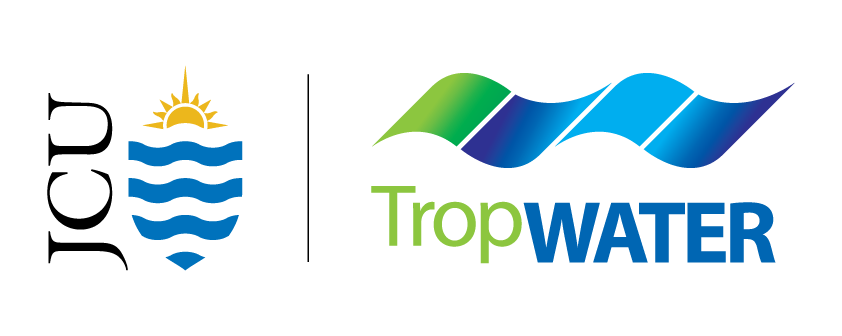
Torres Strait
Location
Tracking the health of seagrass meadows in the Torres Strait is key to sustaining the diverse species and marine resources they support.
We’ve partnered with Torres Strait Regional Authority Rangers and Traditional Owners for over 15 years to map, monitor, and research seagrass, with data collected by Rangers and researchers.
This project provides critical data to understand and mitigate changes to seagrass habitats in the region and to inform management decisions.
Key points
Torres Strait seagrass mapping, monitoring and research
Warning: Aboriginal and Torres Strait Islander viewers are advised that this website may contain images of people who have passed away.
Seagrass meadows and marine health in Torres Strait
Seagrass meadows in Torres Strait teem with diverse species and serve as vital food sources and nursery grounds for local marine life. For Torres Strait Islanders, these habitats support culturally important species, including dugong and green sea turtle.
While seagrass is widespread and abundant, some of these meadows have recently declined, potentially disrupting food sources for dugongs and green turtles.
Understanding the health of these meadows is key to managing the rich marine life and resources they support.
A long-term partnership
For more than 15 years our researchers have partnered with Torres Strait Regional Authority and their Land and Sea Rangers and Traditional Owners to map, monitor, and research seagrass habitats. Eight Ranger groups play a critical role in this partnership, collecting valuable on-ground data for long-term monitoring.
The partnership combines Indigenous Knowledge, on-ground monitoring, and scientific expertise to assess and understand seagrass condition. Condition indicators include density (percent cover or biomass), distribution, and species diversity. Data collection methods include:
Ranger-led intertidal monitoring (walking, transects, and quadrats) at 12 sites spread across six islands, surveyed twice a year.
Ranger-led seagrass monitoring (boats, drop video cameras, and van Veen grab) at four meadows, surveyed annually.
Scientist-led intertidal meadow-scale surveys (helicopter and quadrats) at three meadows, surveyed annually.
Anecdotal information from Rangers and Traditional Owners about observed local trends is also collected to help interpret results.
Impact of long-term monitoring for Torres Strait seagrass
As of 2024, all sites have a minimum of 5 years of survey data, with most sites reaching the 10-year minimum required to create meaningful baselines for seagrass condition.
This provides valuable data for understanding seagrass health across Torres Strait in the long term, as well as the culturally and ecologically important species these meadows support. This is essential for identifying and mitigating the effects of change on these habitats.
Monitoring activities give the people of the Torres Strait critical information to inform management decisions and maintain important marine resources such as dugong and turtle populations and fisheries. Key findings are annually presented by Rangers to the community and Traditional Owners.
Seagrass report cards
This project develops annual Torres Strait seagrass report cards, compiling monitoring results and comparing them with conditions across Queensland. This informs management decisions and response planning to conserve seagrass habitats across the state.
The most recent Torres Strait seagrass monitoring report card (2024) is available online here.
Further outputs from contracted research through collaborations with Rangers and Traditional Owners include:
Large-scale mapping of benthic habitats and production of publicly available spatial products to describe Torres Strait marine resources, including seagrass, coral, and algae.
A synthesis of all spatial data collected in Torres Strait, part of a larger synthesis that included the Gulf of Carpentaria (1983-2022).
A targeted research program since 2021 to understand effect of dugong and turtle herbivory on seagrass declines.
A targeted research program from 2009-2014 to understand seagrass recovery and environmental conditions on seagrass.
Project details
The project is led by Dr Alex Carter with Madeina David and Don Whap from the Torres Strait Regional Authority (TSRA) Land and Sea Management Unit, and Torres Strait Land and Sea Rangers. Additional funding and partnerships since the project began have included the National Environmental Science Program, the Department of Climate Change, Energy, Environment and Water, CRC Torres Strait, CSIRO, AIMS, and Ports North.
Research support

Research leads









